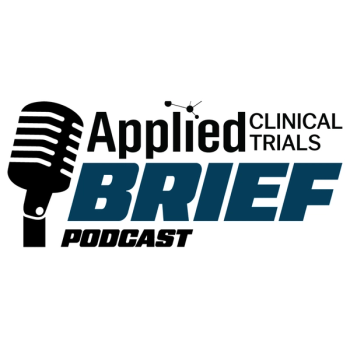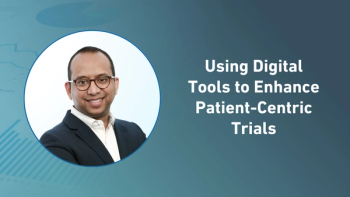
Two More Earn AAHRPP Accreditation
All told, 243 organizations have now earned accreditation, including institutions in 46 states, the District of Columbia, Puerto Rico, Canada, China, India, Korea, and Singapore.
The latest accreditations come as AAHRPP marks 10 years since the issuance of the first accreditation standards in 2002. "Our progress has been remarkable," said Marjorie A. Speers, Ph.D., AAHRPP president and CEO. "A decade ago, accreditation was virtually unheard of. Today, it is synonymous with high-quality research and ethical treatment of research participants."
Speers gives much of the credit for AAHRPP's success to the research enterprise. "Accreditation has taken hold because the research community genuinely cares about protecting participants," she said. "Despite the challenges of the past decade, the research community has stood firm and embraced the rigors of accreditation."
Accreditation is available to US and international organizations that conduct biomedical, behavioral or social sciences research involving human participants. The list of accredited organizations includes community and teaching hospitals; VA facilities, universities; institutional review boards; research institutes and contract research organizations.
Newsletter
Stay current in clinical research with Applied Clinical Trials, providing expert insights, regulatory updates, and practical strategies for successful clinical trial design and execution.





.png)



.png)



.png)
.png)
